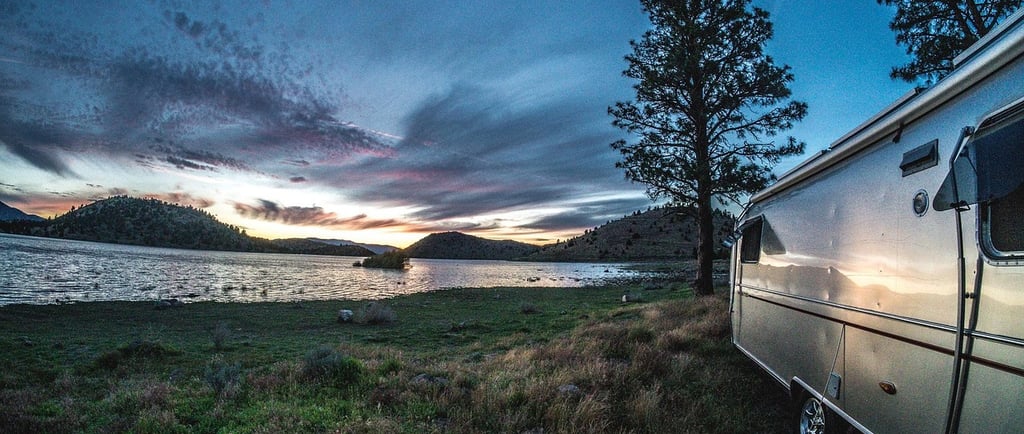10 Things to Consider When Choosing an RV Trailer Site (So You Don’t Regret It Later)
ONTARIO TRAVEL


So you’ve got the RV, you’re stocked up on snacks, and the playlist is fire—now all you need is the perfect place to park it. Easy, right?
Not always.
Picking the wrong RV site can turn your relaxing weekend into a stressful mess of leveling blocks, bad Wi-Fi, and zero shade. Whether you're a weekend warrior or full-time on the road, here are 10 things to keep in mind when choosing your RV trailer site.
1. Size Does Matter
Make sure the site can actually fit your rig—and then some. You want enough space to open your slide-outs, put out your awning, and still have room to breathe (and park the truck). Check length limits and site width in advance.
2. Back-in or Pull-through?
If you're still working on your backing-up skills (no judgment), a pull-through site is your best friend. If you're good with tight angles and want a quieter, more private spot, back-in sites are usually tucked away nicely.
3. Hookup Heaven (or Not)
Full hookup = water, electric, and sewer (yay for unlimited showers).
Partial hookup = usually water and electric, no sewer.
Dry camping = bring your own everything.
Pick based on how self-contained your rig is and how long you’re staying.
4. Level Up
Uneven sites are a pain. You’ll spend forever trying to level your trailer, and you might still end up sleeping at a weird angle. Look for reviews that mention level ground—or bring lots of leveling blocks just in case.
5. Shade or Sun?
Shade is a lifesaver in the summer. But if you’re running solar panels, you might want a sunnier spot. Choose what works for your comfort—and your battery bank.
6. Privacy, Please
Some sites are packed in like sardines. Others give you a little elbow room (and a break from your neighbor’s campfire karaoke). Look for end spots, corner lots, or sites that back onto trees or trails.
7. Close, But Not Too Close
Being near the washrooms, playground, or beach can be super convenient—unless you value peace and quiet. Think about whether you'd rather be near the action or a little farther out.
8. Check the Surface
Gravel, dirt, grass, or paved—it matters. Grass can get muddy, dirt gets dusty, and loose gravel can be tricky to level on. Paved or compacted gravel pads are the dream.
9. Wi-Fi and Cell Signal
Some campgrounds advertise Wi-Fi, but that doesn’t mean it actually works. If you’re planning to stream, work remotely, or just want to stay in touch, check reviews for real info on connectivity.
10. Know the Rules
Quiet hours, generator limits, pet policies—every campground’s a little different. Some places are super chill, others are more like Camp Rulebook. Read the fine print so you’re not surprised.
Last But Not Least
Choosing the right RV site isn’t just about hookups and square footage—it’s about making sure your weekend (or week-long getaway) is as chill as possible. A little planning goes a long way when your “hotel room” has wheels.
